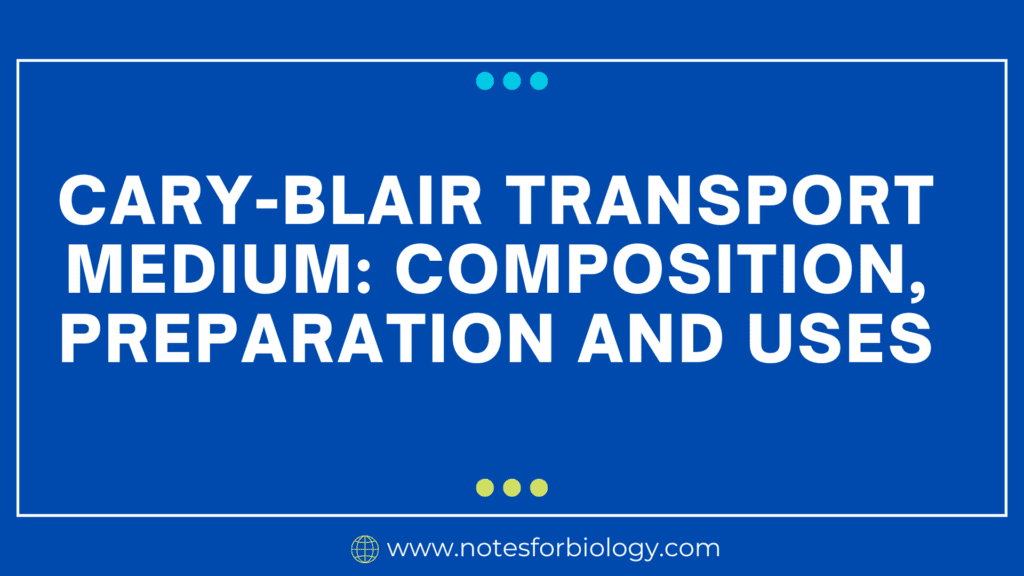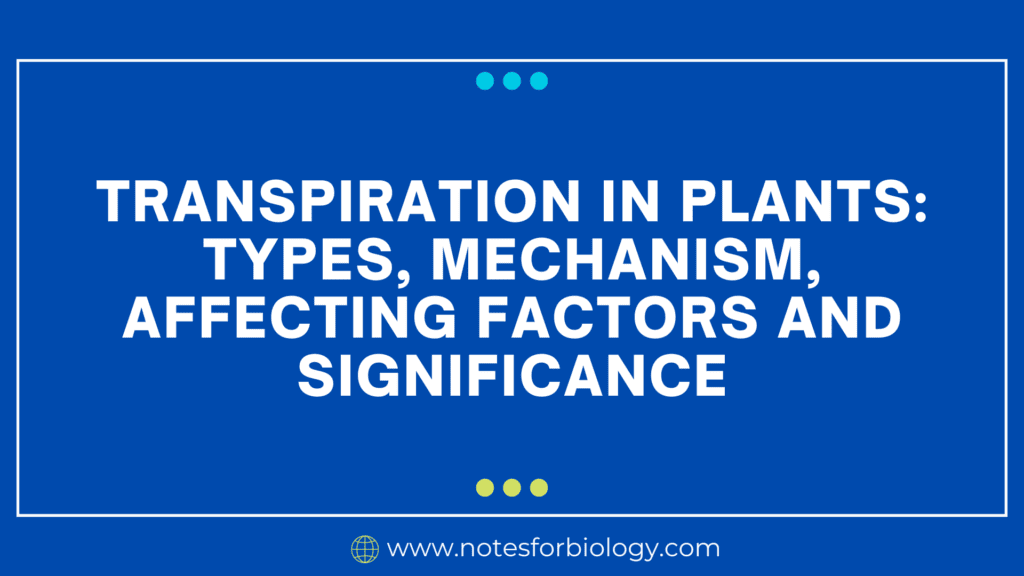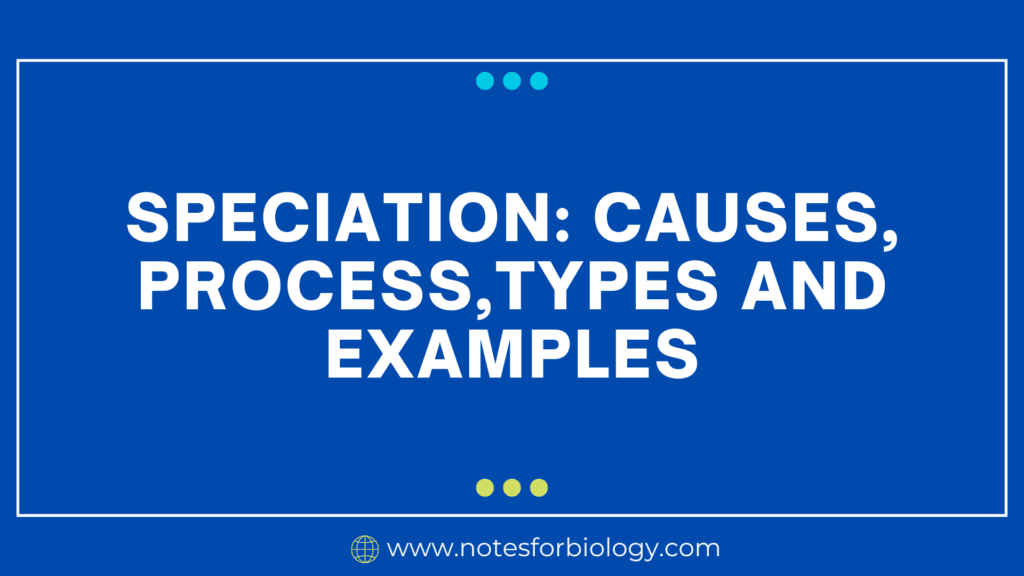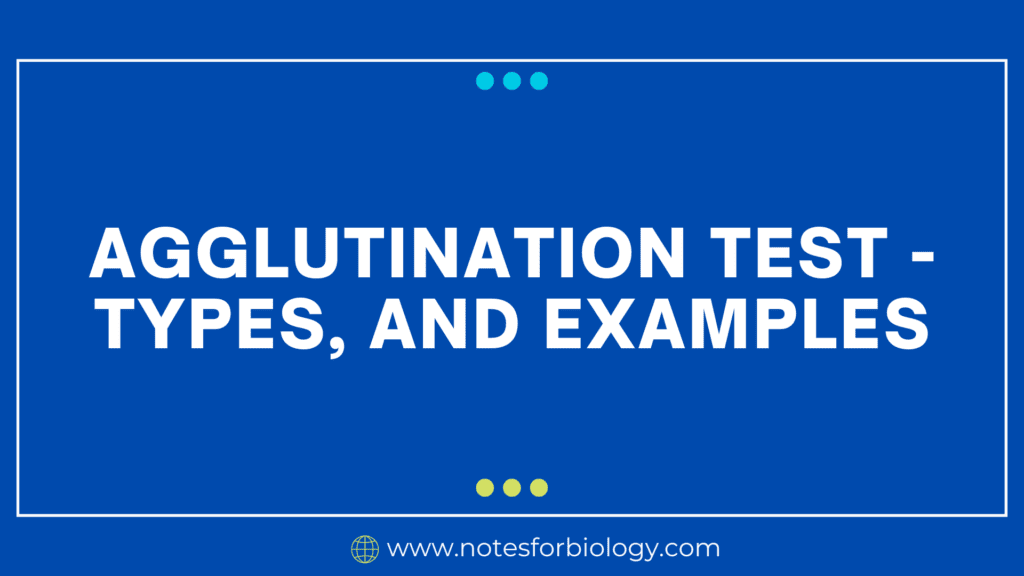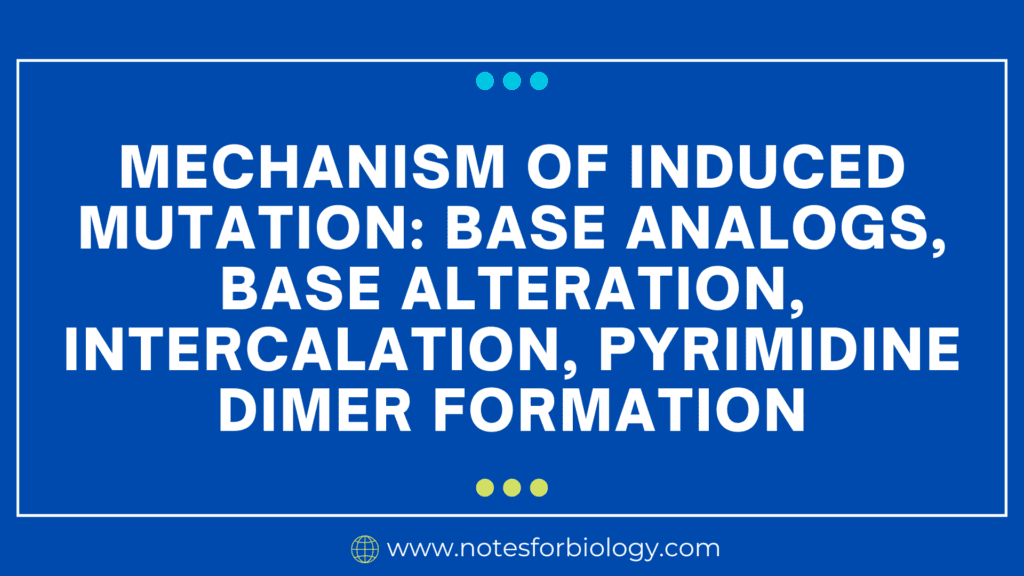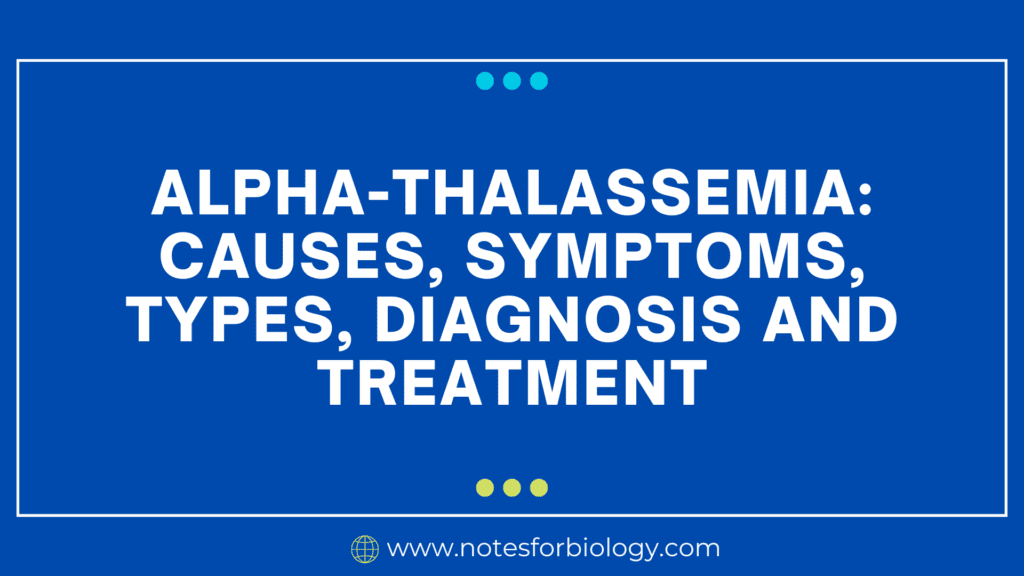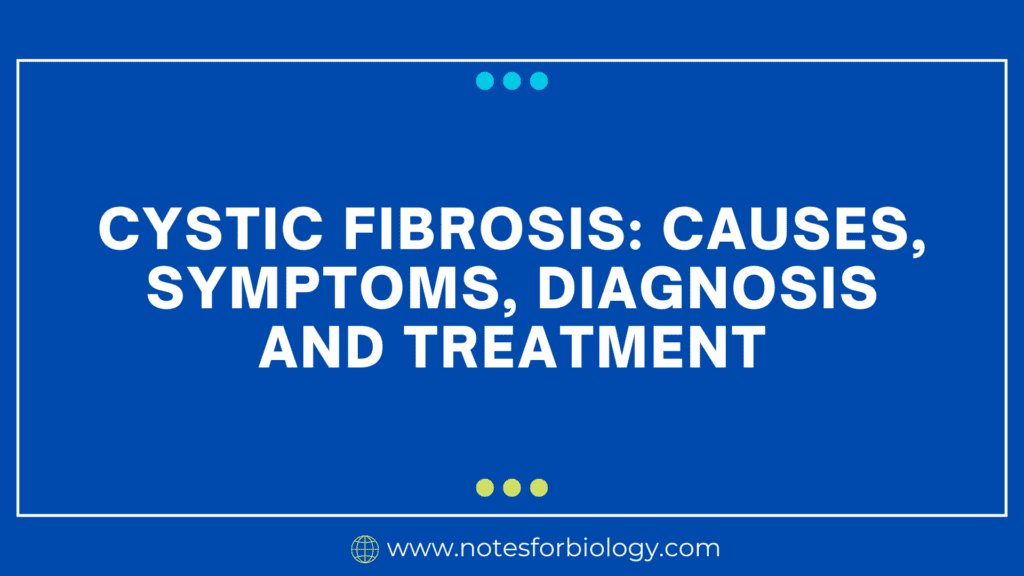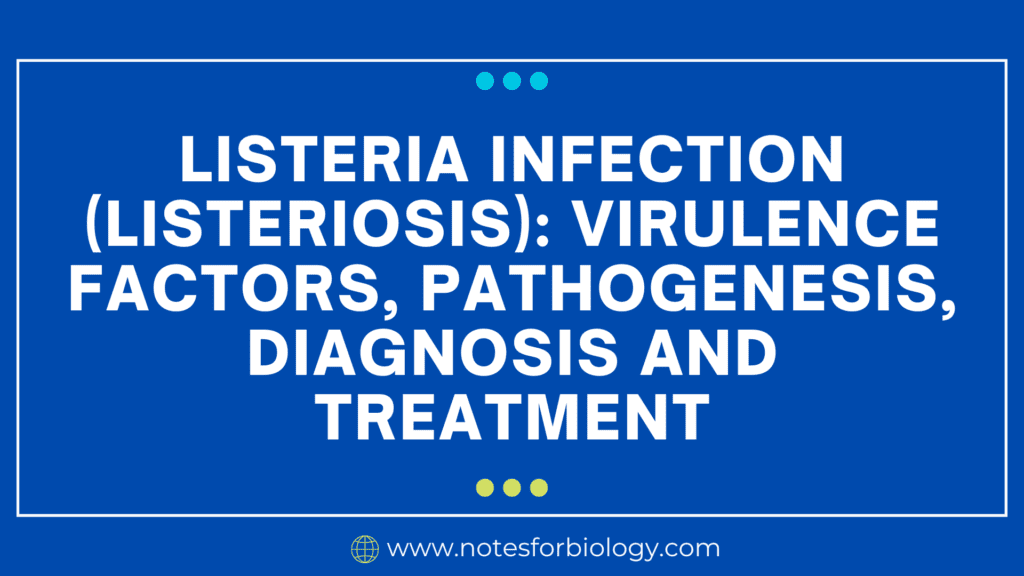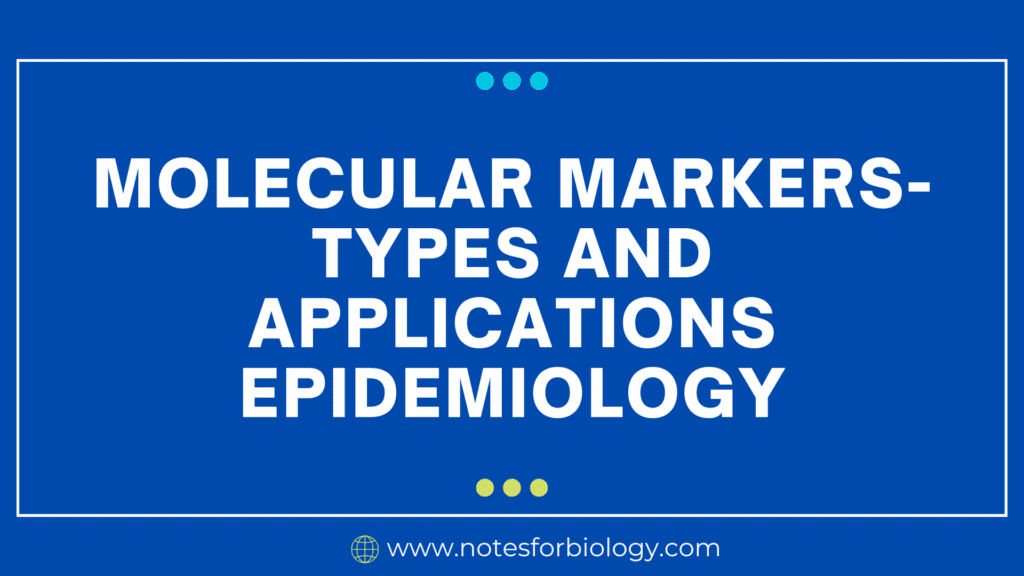Cary-Blair transport medium: composition, preparation and uses
Cary-Blair transport medium is a specialized solution used to preserve and transport stool specimens, particularly for the isolation of enteric (intestinal) pathogens such as bacteria (e.g., Salmonella, Shigella, Vibrio). Its purpose is to maintain the viability of these pathogens during transport to the laboratory for further analysis.This medium is particularly useful for bacteria like Shigella, […]
Cary-Blair transport medium: composition, preparation and uses Read More »

